

Welcome to the poker world! Everything you need to know about poker is presented here in this comprehensive guide. All of the poker rules, strategies, and tips that you need to get started playing poker are detailed here. Whether you are a beginner just starting out or an experienced player looking for new ways to improve your game, you will find something useful in this guide.
It is important to remember that poker is a game of skill and not luck; it requires practice and dedication if you want to become successful. Although the rules may look intimidating at first, they are easy enough for anyone with basic knowledge of mathematics and logic to begin playing poker confidently.
Poker is a card game that involves betting and playing hands with the goal of winning money. Poker can be played in many different forms, but the most popular form of poker is Texas Hold’em. In poker, each player is dealt two cards face down (known as “hole cards”). The dealer then deals five community cards face up on the table. To make a hand, players must combine their hole cards with any three of the five community cards. The best poker hand wins the pot at showdown. The key to poker is understanding how to read your opponent and knowing when to bluff or fold.
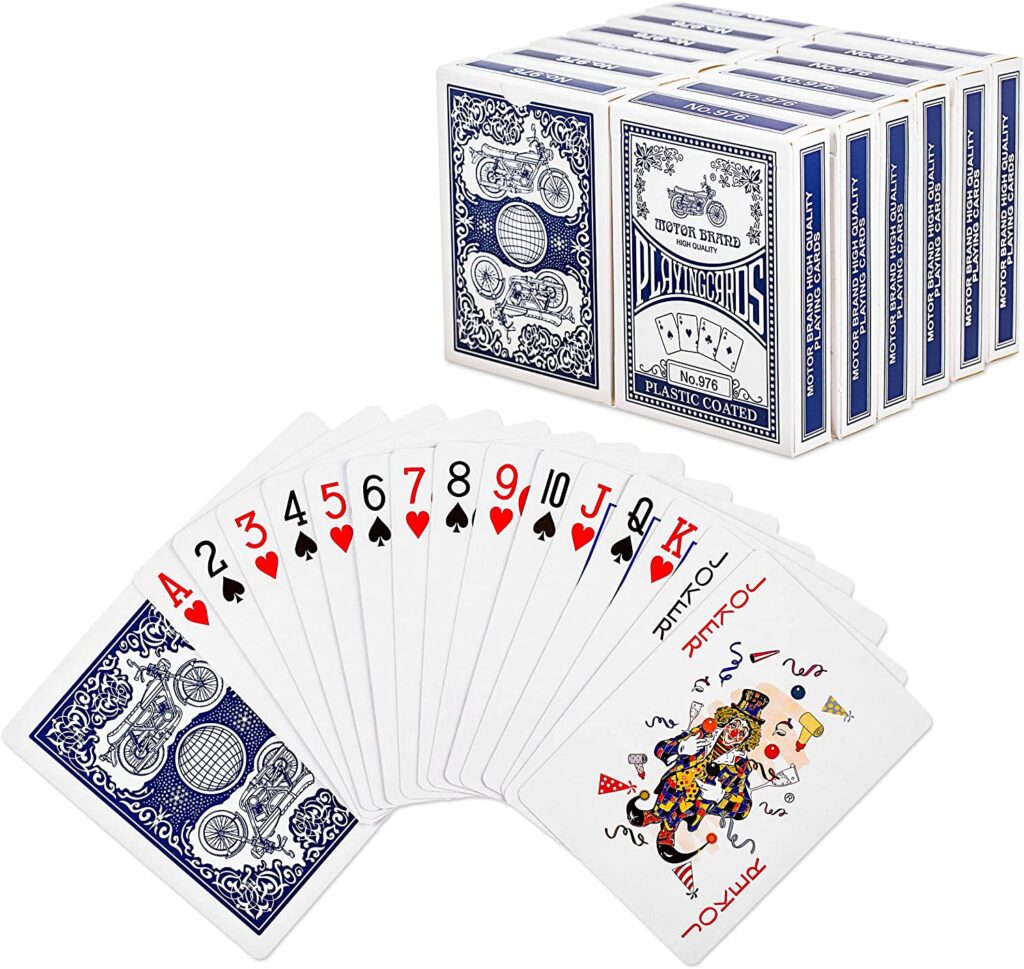
Poker is usually played with a standard 52-card pack. Each card has a suit and rank, which determines its value in poker. The suits are hearts, diamonds, clubs, and spades. The ranks are ace (high), king, queen, jack (low), 10 through 2. Cards of the same rank are considered equal in poker.
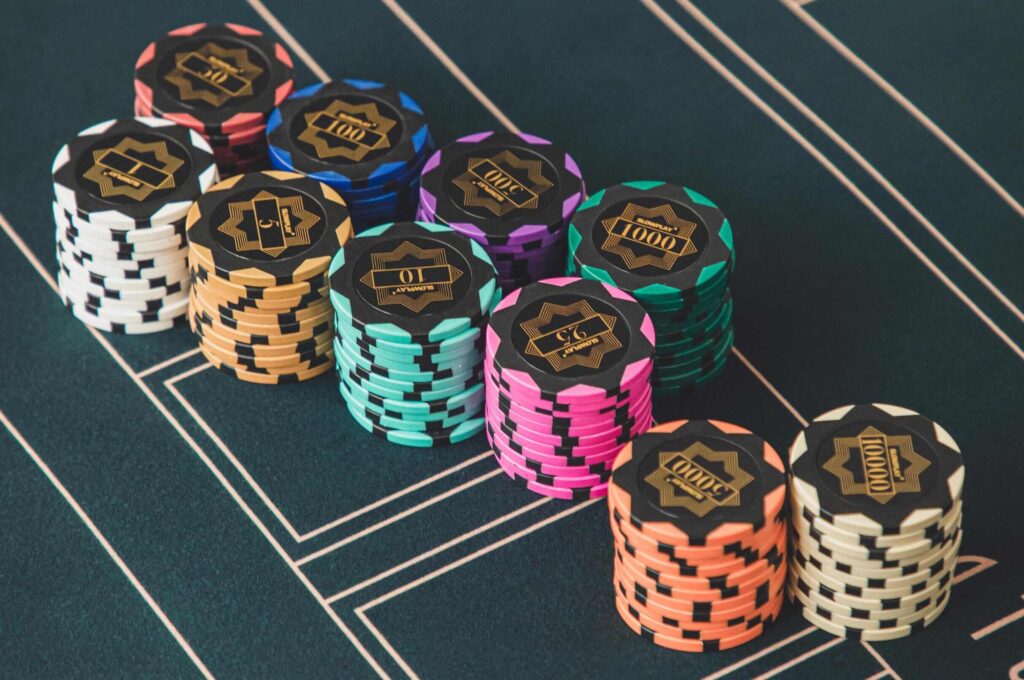
When playing poker, chips are used to represent money. Chips vary in size, color, and denomination. It is important to distinguish between poker chips of different denominations when making bets or calling raises.
The kitty is the poker chips that are collected by the house and used to pay poker expenses. The kitty helps offset poker tournament expenses, such as dealer salary and poker room fees.
The banker is the poker player who receives and distributes poker chips to players during a poker game. The banker is responsible for making sure that poker chips are not mixed up between different denominations and keeping track of how many poker chips each player has.
Poker hands are ranked according to their strength. The strongest poker hand is a Royal Flush, which consists of the Ace, King, Queen, Jack and 10 of the same suit. This is followed by a Straight Flush (five consecutive cards of the same suit), Four of a Kind (four cards with the same rank), Full House (three cards with the same rank plus two other cards with different ranks but still have matching suits or values), Flush (any five non-consecutive cards all in one suit), Straight (any five consecutive cards of various suits) Three of a Kind (three cards with the same rank but varying suits or values), Two Pair (two pairs of equal cards plus another card that’s different), One Pair (two cards of the same rank plus three other cards that are not a pair) and finally High Card (any hand not mentioned above).
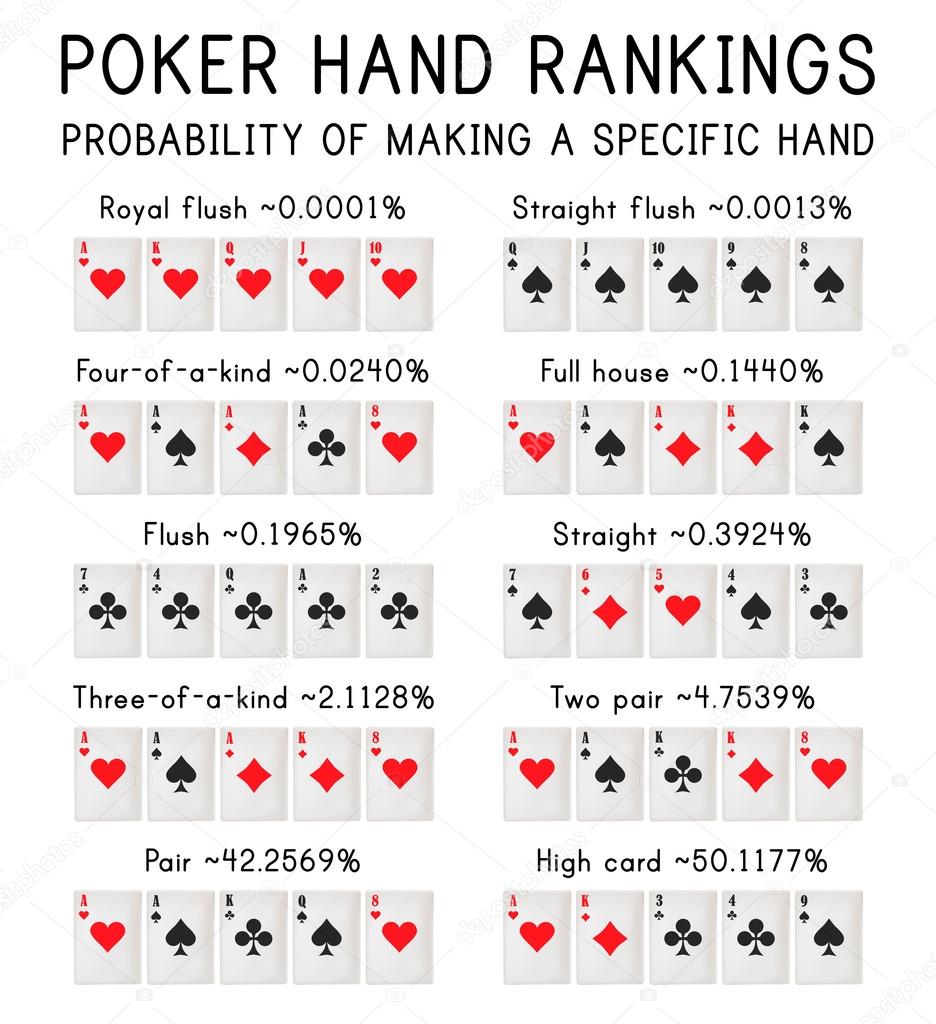
Cards in poker have a certain value, which is used to decide the winner of a poker hand. Each poker player is dealt two hole cards and five community cards. The best poker hand is determined by combining your personal cards with the community cards on the poker table. All poker hands are scored according to their strength.
Poker points are awarded for poker hands. A poker hand is worth 1 point if it consists of a pair, two points for three of a kind, three points for a straight, four points for a flush, five points for a full house and six points for four of a kind. A poker hand can also be worth seven or more poker points depending on the strength of the hand.
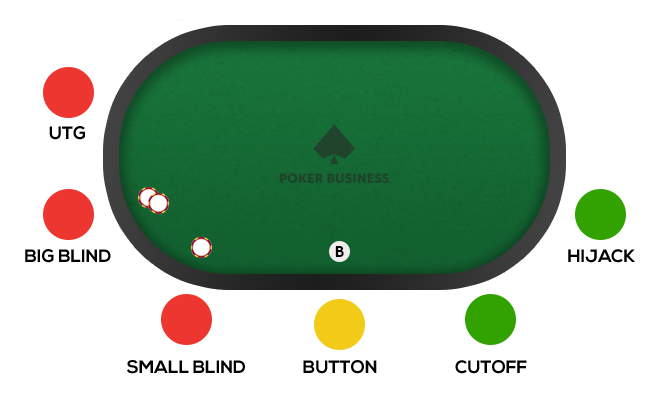
In poker, the position of each player relative to the dealer is called their poker position. The poker positions are as follows:
The poker position of each player affects their strategy when playing poker, as they can make more informed decisions based on what the other players have already done and are likely to do.
The poker dealer is responsible for dealing cards to each poker player, collecting blinds and antes, and distributing poker chips. It is important that the poker dealer knows how to deal poker properly in order to maintain a fair game. The basic steps for dealing poker are as follows:
In poker, betting is an important part of the game. Each poker player must decide how much to bet or raise in order to stay in the hand and potentially win.
The different types of poker bets are as follows:
When making a bet, it is important for poker players to keep track of how many poker chips they have in their stack and how much they are willing to risk.
It is important for poker players to know when to bet or fold in order to maximize their winnings. Poker players should make sure they are not over-betting, as this can lead to huge losses if the poker hand does not win. Knowing when to raise or fold can be difficult for poker beginners, but with practice it becomes easier. It is always advisable to play small stakes at first so that mistakes do not cost too much money.
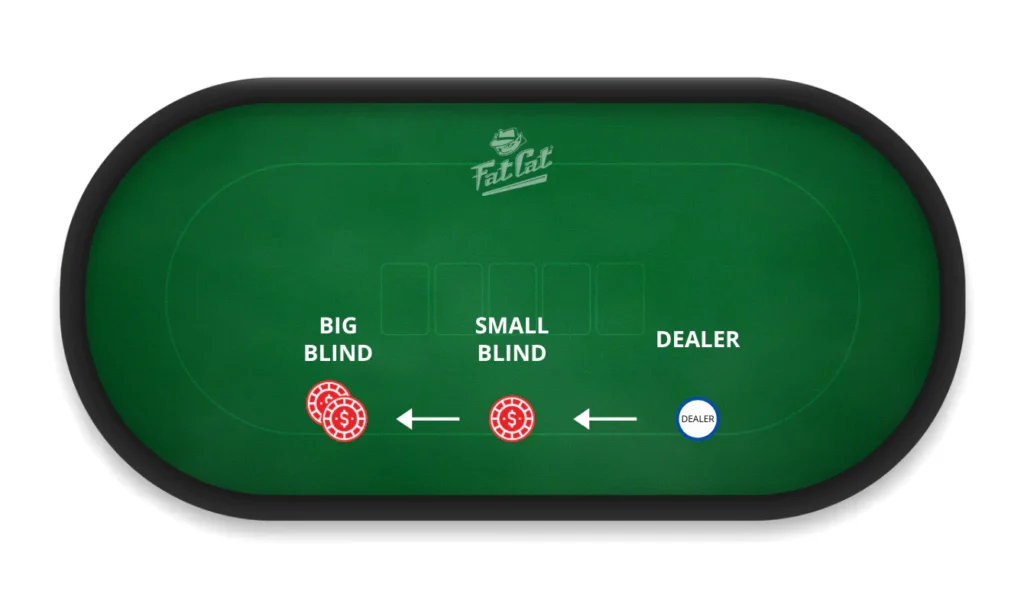
In poker, the blinds and antes are forced bets that poker players must pay before they are dealt any cards.
The Small Blind and Big Blind are forced bets that poker players must pay before any cards are dealt. These blinds rotate around the poker table from player to player after each round of poker, forcing poker players to make decisions without having seen their cards and adding an element of risk to every poker hand.
The button is the poker position of last action preflop (before any cards have been dealt). The poker player on the button has an advantage in poker as they can see what other poker players have done before deciding whether to bet or fold.
Antes are poker chips that poker players must pay before getting dealt any cards. These poker chips help build the pot and encourage poker players to make stronger hands in order to win the poker pot.
In poker, there are two ways to play the game: limit poker and no-limit poker.
No Limit poker is when poker players can bet any amount at any time, up to the total size of their poker stack.
Limit poker is when there are predetermined betting limits that poker players must adhere to. The two most common limit poker games are Fixed Limit poker and Pot Limit poker. In Fixed Limit poker, the maximum bet a player can make is equal to the big blind (the minimum bet). In Pot Limit poker, the maximum a player can bet is equal to the pot size (all bets made so far).
In poker, there are four basic betting actions that poker players can take.
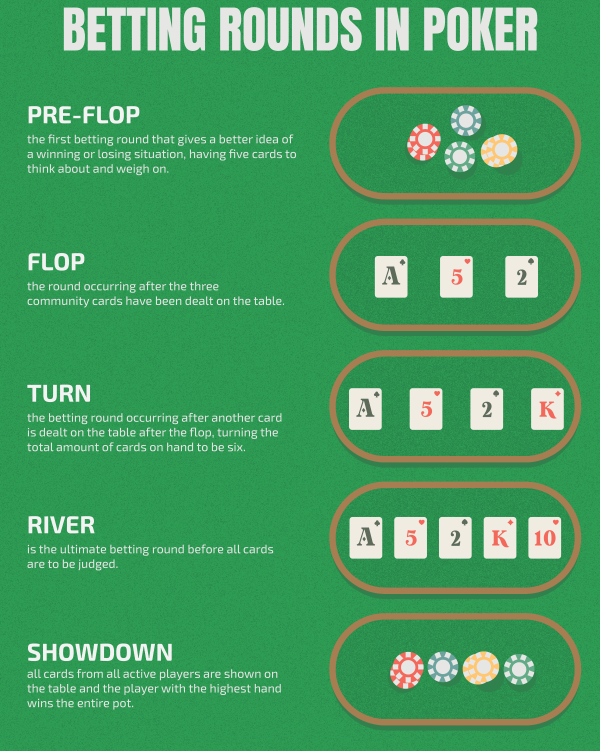
The poker game starts with the pre-flop betting round. This is when poker players receive their poker cards and decide whether to enter the poker pot or not. The poker player who is first to act in this round will be the one directly to the left of the player who placed the big blind.
After all poker players have made their decisions on the pre-flop betting round, three community cards are dealt face up in the middle of the poker table. These community cards form what is known as “the flop”. Players now get a chance to bet on these three community cards before any other action takes place.
After the poker betting round on the flop has been completed, a fourth community card is dealt face up in the middle of the poker table. This card is known as “the turn”. Players now get another chance to bet on these four community cards before any other action takes place.
After the poker betting round on the turn has been completed, a fifth and final community card is dealt face up in the middle of the poker table. This card is known as “the river”. Players now get their last chance to bet on these five community cards before any other action takes place.
If there are two or more poker players remaining after the last poker betting round, they will proceed to a showdown. In this part of poker, poker players reveal their poker hands in order to decide who wins the poker pot. The best poker hand among all poker hands involved in the showdown wins.
1. Each poker player receives two cards faced down, which are known as hole cards.
2. The poker dealer deals five community cards face up in the middle of the poker table for all poker players to use.
3. All poker players must make their best 5 card poker hand using any combination of their two hole cards and the five community cards on the board in order to win the pot.
4. Poker betting takes place after each round (pre-flop, flop, turn, river).
5. At showdown, poker players must reveal their poker cards in order to decide who has the best poker hand and wins the poker pot.
1. Each poker player receives four cards faced down, which are known as hole cards.
2. The poker dealer deals five community cards face up in the middle of the poker table for all poker players to use.
3. All poker players must make their best 5 card poker hand using exactly two of their four hole cards and three of the five community cards on the board in order to win the pot.
4. Poker betting takes place after each round (pre-flop, flop, turn, river).
5. At showdown, poker players must reveal their poker cards in order to decide who has the best poker hand and wins the poker pot.
1. Each poker player receives two cards faced down, which are known as hole cards, and one card face up, which is known as a “door card”.
2. The poker dealer deals four more community cards face up in the middle of the poker table for all poker players to use.
3. All poker players must make their best 5 card poker hand using any combination of their two hole cards and the five community cards on the board in order to win the pot.
4. Poker betting takes place after each round (deal, draw).
5. At showdown, poker players must reveal their poker cards in order to decide who has the best poker hand and wins the poker pot.
1. Each poker player receives two cards faced down, which are known as hole cards.
2. The poker dealer deals five community cards face up in the middle of the poker table for all poker players to use.
3. All poker players must make their best 5 card poker hand using any combination of their two hole cards and the five community cards on the board in order to win the pot.
4. Poker betting takes place after each round (pre-flop, flop, turn, river).
5. At showdown, poker players must reveal their poker cards in order to decide who has the lowest poker hand and wins the poker pot.
1. Each poker player receives two cards faced down, which are known as hole cards.
2. The poker dealer deals five community cards face up in the middle of the poker table for all poker players to use.
3. All poker players must make their best 5 card poker hand using any combination of their two hole cards and the five community cards on the board in order to win the pot.
4. Poker betting takes place after each round (pre-flop, flop, turn, river).
5. At showdown, poker players must reveal their poker cards in order to decide who has the best poker hand and wins the poker pot with a specific twist: straights count as high hands and flushes count as low hands.
Table stakes is a rule in poker which states that poker players can only bet and raise the amount of money or chips that are already sitting on the poker table. In other words, poker players cannot add more money to their stack during a poker hand.
This rule helps poker players protect themselves against any potential losses due to bad luck. For example, if one player is all in with pocket aces and another player has pocket kings and goes all-in, the first player doesn’t have to worry about losing his entire chip stack due to an unlucky river card because he was only betting what he had at the beginning of the poker hand.
Table stakes is an important concept for poker players to understand, as it helps create a fair playing environment for everyone involved in the poker game.
A poker game typically begins with the poker players being dealt two hole cards face down in front of them. After this, the poker dealer deals five community cards face up in the middle of the poker table for all poker players to use. Players must make their best 5 card poker hand using any combination of their two hole cards and the five community cards on the board in order to win the pot. Poker betting takes place after each round (pre-flop, flop, turn, river). At showdown, poker players must reveal their poker cards in order to decide who has the best poker hand and wins the poker pot.
Basic poker involves five rounds of betting, starting with the players being dealt two hole cards. After this, three community cards are turned up in the middle of the poker table for all poker players to use. Players must make their best 5 card poker hand using any combination of their two hole cards and the five community cards on the board in order to win the pot. Poker betting takes place after each round (pre-flop, flop, turn, river). At showdown, poker players must reveal their poker cards in order to decide who has the best poker hand and wins the poker pot.
When playing poker for the first time, it’s important to familiarize yourself with the rules of poker and how poker hands are ranked. It can also be helpful to start by playing poker online in order to get comfortable with the flow of a poker game. You should also try to find experienced poker players who can give you tips on basic strategy and bankroll management.
Learning poker can be easy or difficult depending on the person. For some, poker may come naturally and for others it may take a little more time to understand the rules and poker strategy. It’s important to remember that poker is a game of skill and knowledge, so it will take practice and dedication in order to become a profitable poker player.